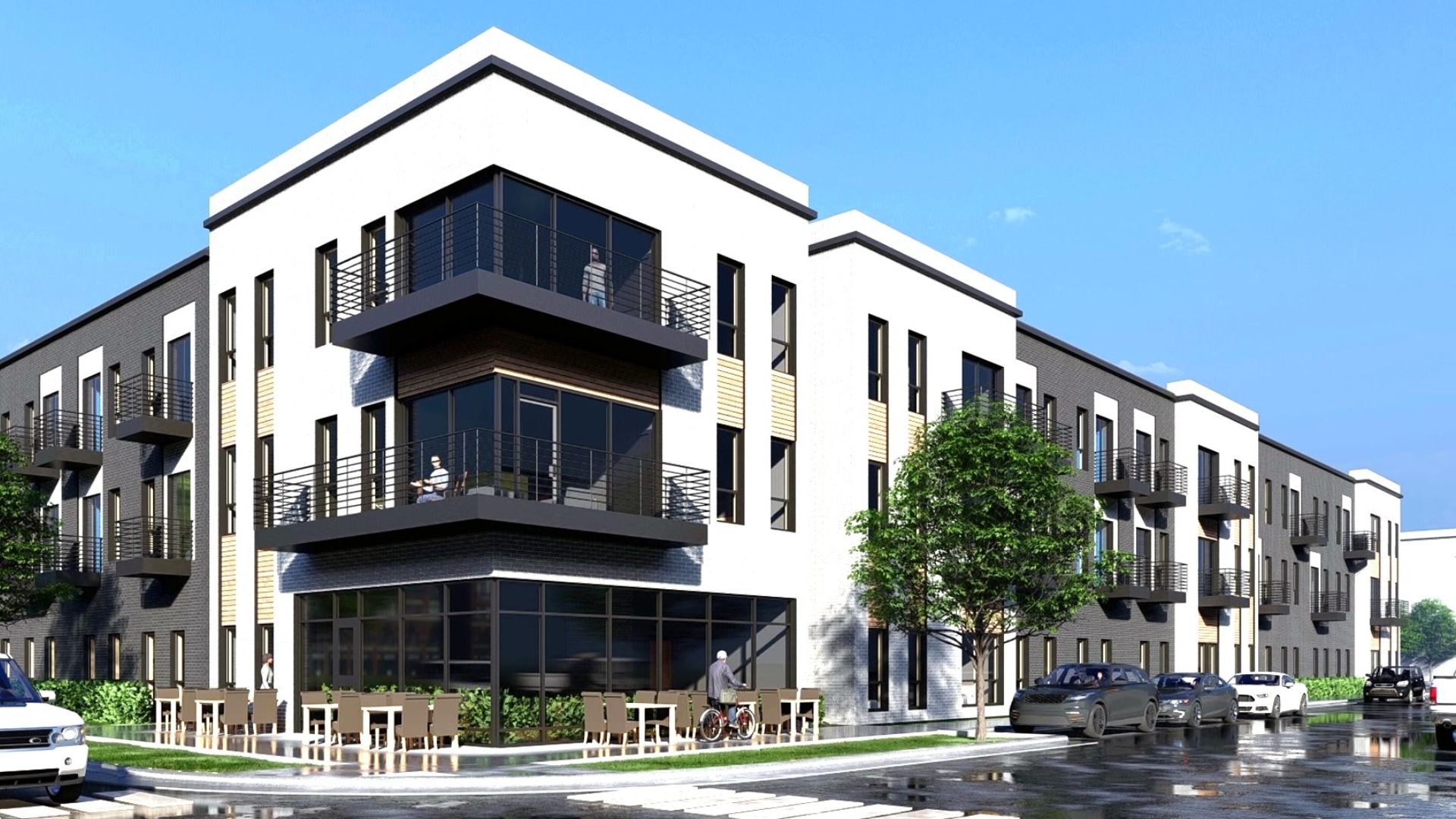
As architects, we frequently encounter the term “built environment,” but perhaps it fails to fully capture the intricate nature of the spaces we inhabit and engage with. This concept of the “built environment” is deeply intertwined with our daily lives, shaping our experiences and behaviors. Viewing our surroundings through a human-centric lens suggests that buildings shouldn’t be seen in isolation, but rather as integral components within a dynamic network. They exist in symbiosis with one another, with the surrounding open areas, the supporting infrastructure, and the broader natural landscape. In the aftermath of the pandemic, the notion of holistic living has regained prominence. Homeowners now seek environments where built and natural elements harmonize, where green spaces are easily accessible, and where community connections can thrive. These principles should guide our design interventions, leveraging planning and architecture as tools to create nurturing and interconnected living environments.
Blurring the boundaries
Decades ago, architect B V Doshi introduced the concept of open and closed systems in residential planning and design. Initially perceived as a modernist viewpoint, favoring urban expansion and sprawl, this distinction has evolved over time. Today, it’s becoming clear that recognizing open and closed forms, rather than just systems, may offer a more nuanced understanding.
Modern cities are often dominated by closed boundaries – walls, roads, and green belts – dividing urban habitats into distinct sectors based on economic, social, or functional criteria. Breaking away from these closed forms is essential. This suggests moving beyond rigid distinctions and towards a more integrated habitat. By dissolving hard boundaries, we can foster healthy interactions with natural features such as forest edges, lake shorelines, or riverbanks within our cities.
Group housing initiatives provide a platform to experiment with creating these integrated environments. They offer opportunities to minimize the separation between homes, as well as between built and unbuilt spaces, promoting the concept of holistic community living.
Attaining Harmony in Motion
Designing a mixed-use bazaar poses greater challenges than designing a stadium. Unlike stadiums, which facilitate linear progressions of events for large crowds, bazaars host a multitude of diverse human interactions simultaneously. The bazaar’s essence lies in synchronicity – seemingly unrelated events occurring concurrently without an apparent causal connection.
In group housing developments centered on resident well-being, fostering bazaar-like interactions becomes imperative. These interactions encourage chance encounters and cultivate an environment conducive to synchronicity. One effective approach is to incorporate a diverse range of activities, such as combining residential spaces with commercial or recreational areas, to infuse dynamism.
However, prevailing building regulations often hinder the creation of such settings by enforcing rigid use zones. Overcoming these limitations requires a concerted effort to move away from antiquated notions of segregated land use. In master planning group housing projects, prioritizing dynamism over strict zoning is crucial. Designing points of interaction between various zones and functions is essential to achieving synchronicity and creating more holistic habitats.
Inclusive development
Many group-housing initiatives tend to partition land according to dwelling size, often correlating size with income levels, resulting in highly segregated developments. As architects, we have the opportunity to challenge this pattern by integrating plots or dwellings of various sizes adjacent to each other. Not only does this promote equitable access to infrastructure and amenities, but it also breaks away from standardized street facades, introducing diversity and vitality into the urban fabric.
Flexible design
Finally, I propose that as designers, we embrace restraint – refraining from imposing definitive forms or absolute completeness onto our creations. Our designs should be adaptable and personalized, capable of evolving and accommodating change over time. Rather than dictating a prescribed way of living, it’s preferable to work with frameworks and seeds that empower residents to shape their environments according to their preferences. This flexibility is particularly crucial in group housing endeavors, often characterized by imposed uniformity. It’s imperative that our designs allow space for celebrating individuality and fostering personal expression.
I believe that approaching group housing projects with nuance entails viewing them through the lens of people and community, thereby informing our design decisions.














